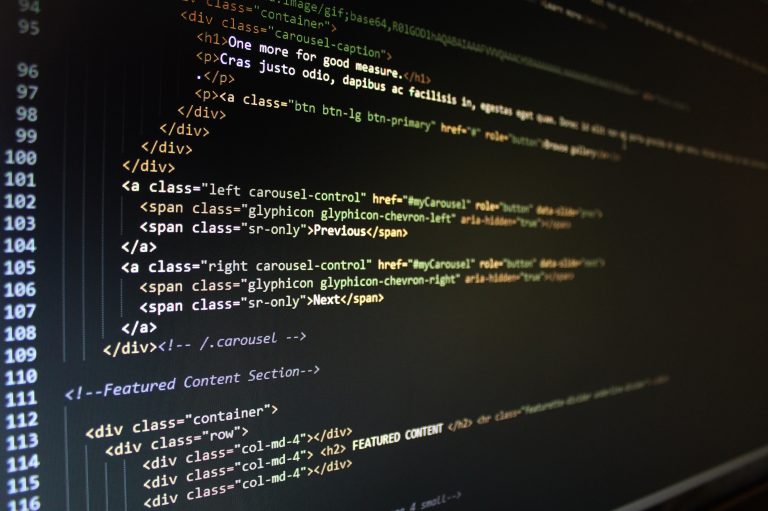Web Design
The conception de site web or web design is the design of the web interface: the interactional architecture, the organization of the pages, the tree structure and the navigation in a website. The conception of a web design takes into account the specific constraints of the Internet medium, particularly in terms of ergonomics, usability and accessibility.
WHAT ARE ÉTAPES OF THE CONCEPTION OF A WEBSITE/?
1. Initial discussion and needs analysis
It is essential for the good realization of the site to make an interview with the customer. Together, they determine the objectives of the website and the target audience. The purpose of these criteria is to be able to choose the most suitable technical solution for your needs. This will result in a document called cahier de cahier of load, which contains all the technical specificities, SEO referencing, the tree structure of the site (content architecture), etc. This document can be modified if necessary in collaboration with the client.
2. The content of the site
the content of your website is of paramount importance. It aims to captivate the attention of your target and to position well in search engines. Indeed a good content allows your site to be well indexed on search engines, which allow attracting many visitors.
3. The models
Here it is a question of designing the visual of your different pages, it is what your site will look like. Your site must be fluid and access to the different pages must be possible in two or three clicks at the most. NB: Always think about the responsive version of your site (mobile, tablet).
4. Choice of accommodation
Hosting is the choice of a web server on which your site will be deployed so that it is visible on the internet. We distinguish a multitude of hosts offering various forms. All you have to do is choose what best suits your needs.
5. Design and implementation
This is the most technical part of the process. This is when the visual design begins; the integration and programming of the website itself begins. This is when interactions, animations, forms, etc. are created.
6. Quality control
Once the programming stage is over, we start the quality control phase. We make sure that the website is perfect on all supported browsers, both for desktop and mobile platforms depending on what you have chosen. Each specificity of the specifications must be respected.
7. Putting on line
Once the website has passed all the quality checks, it is now time to put the website online.

